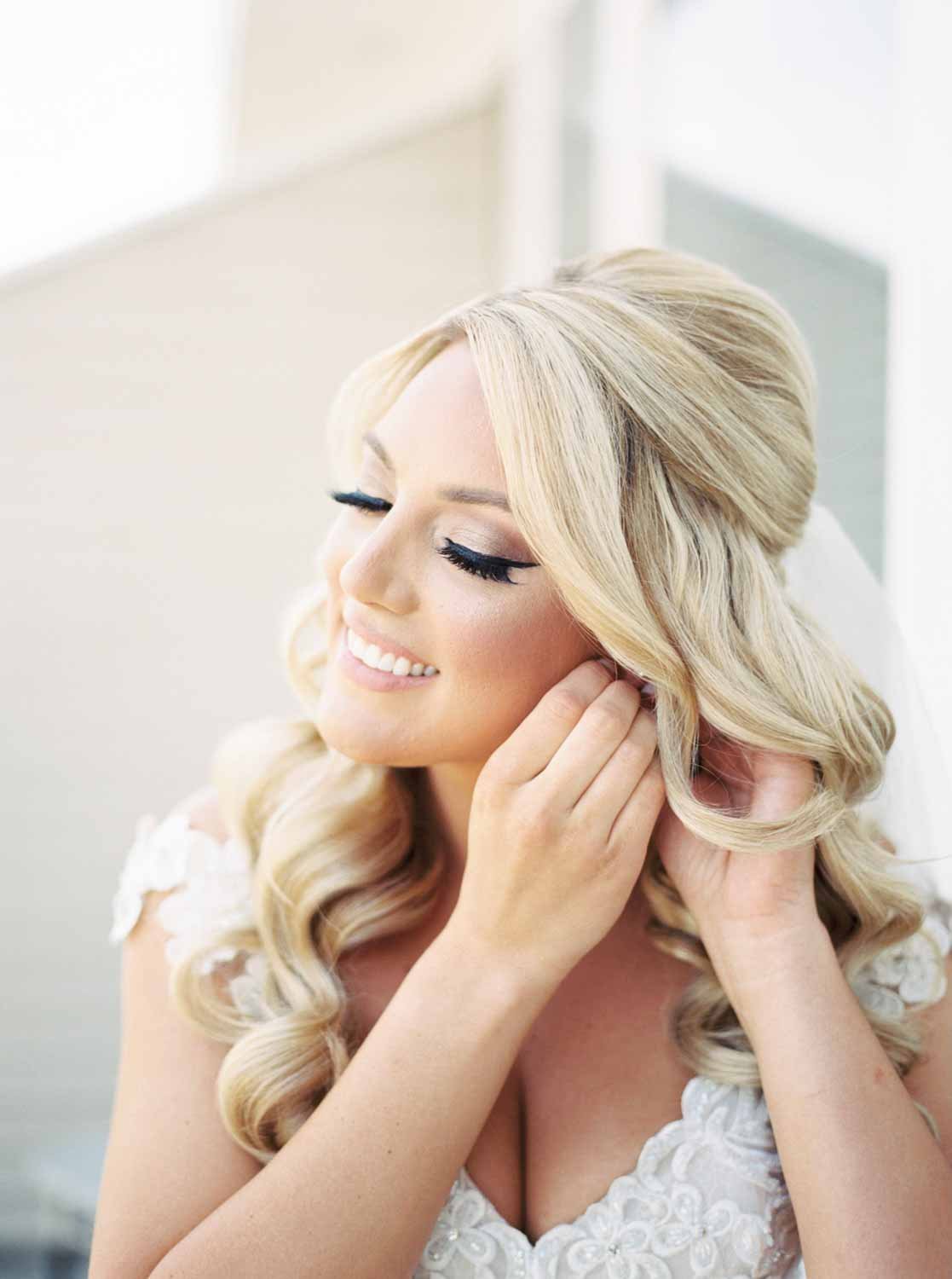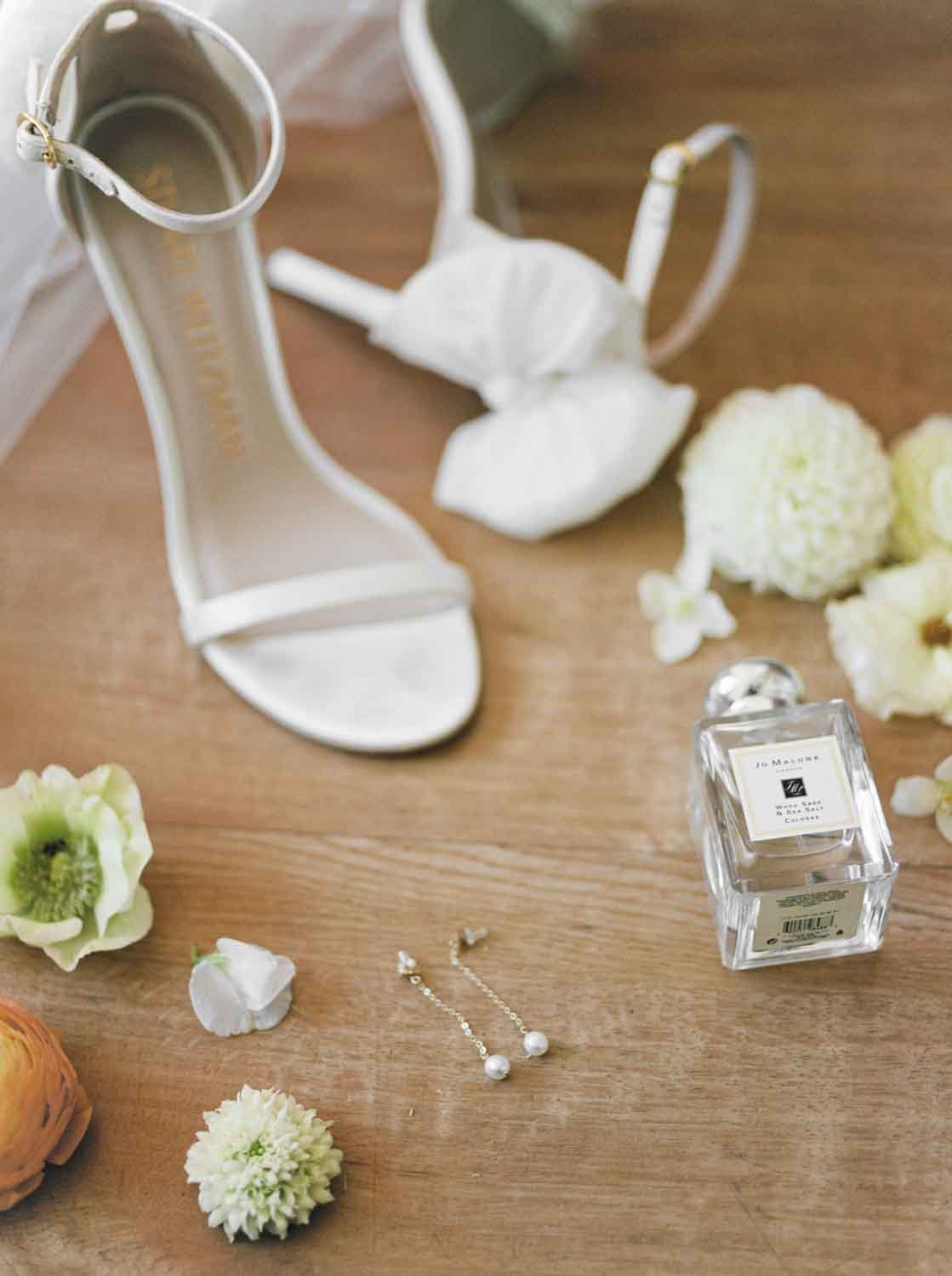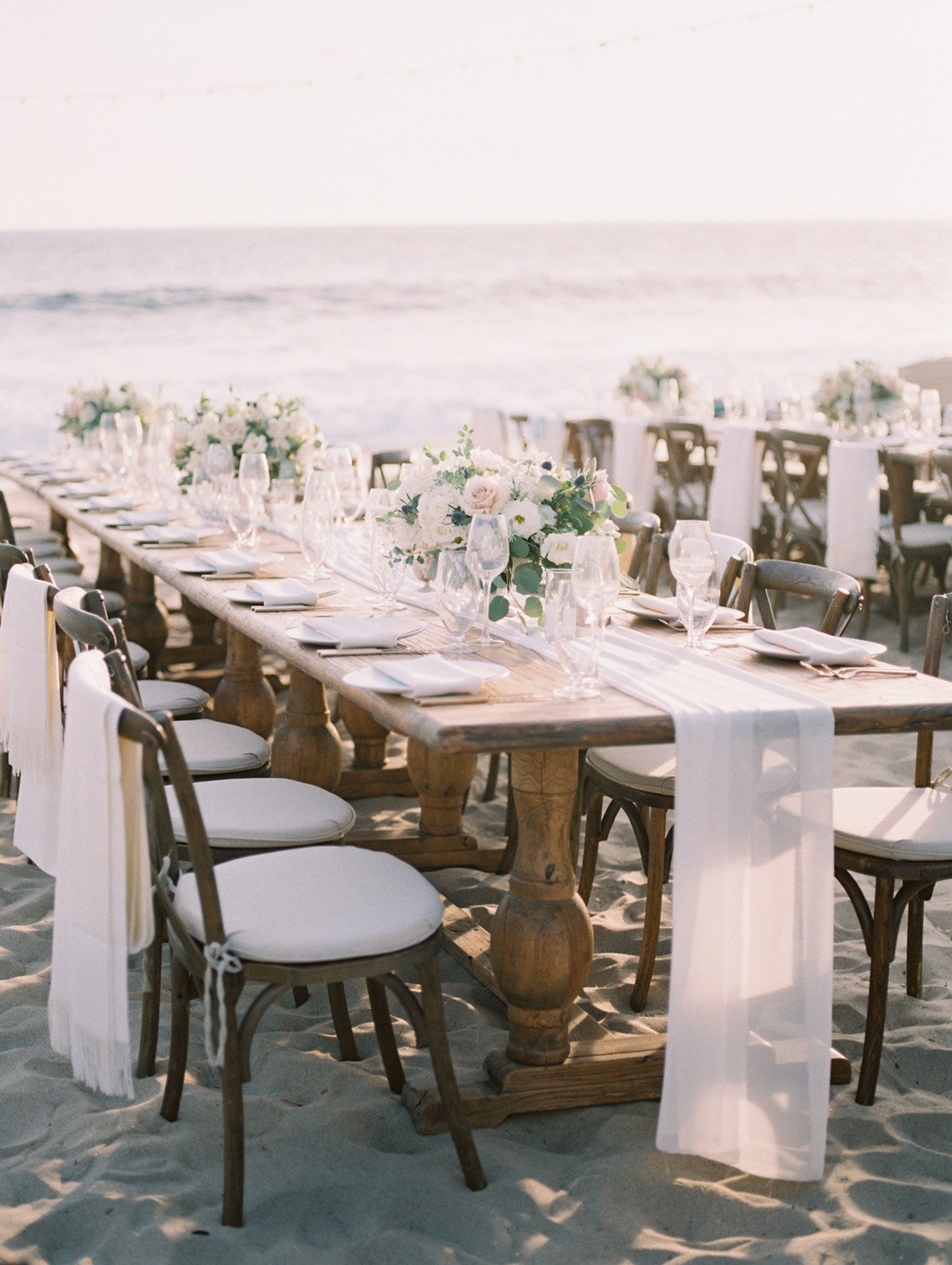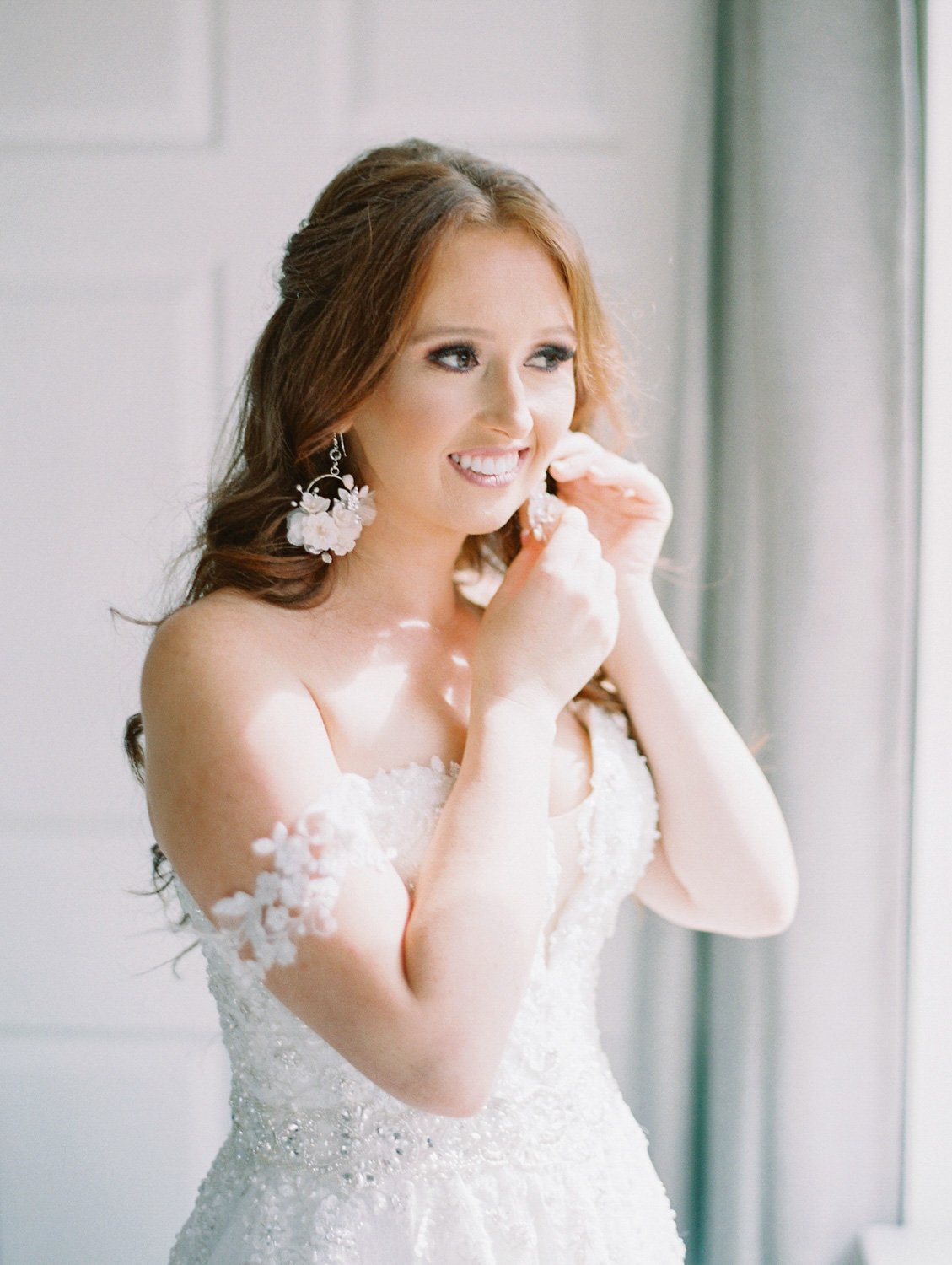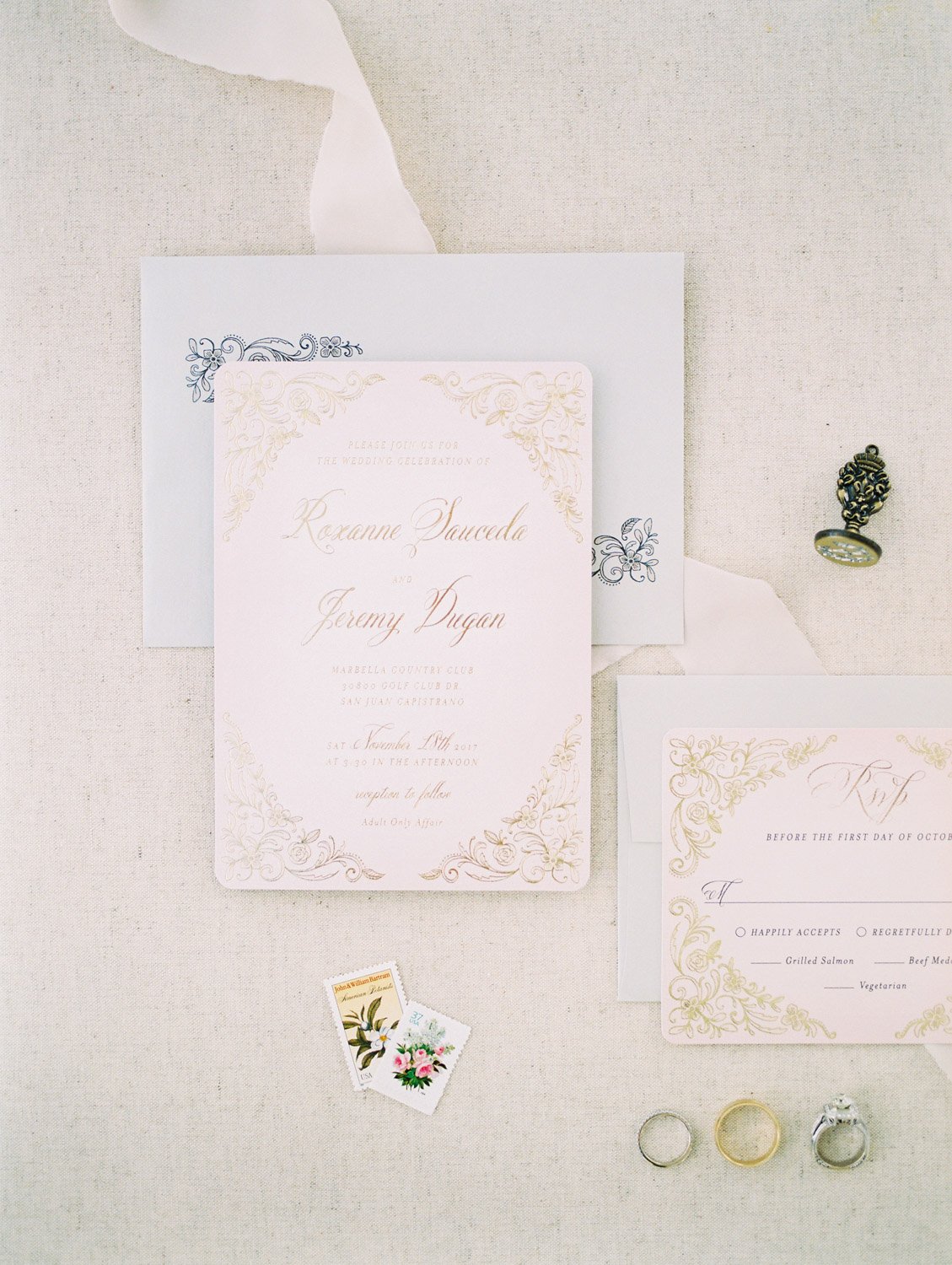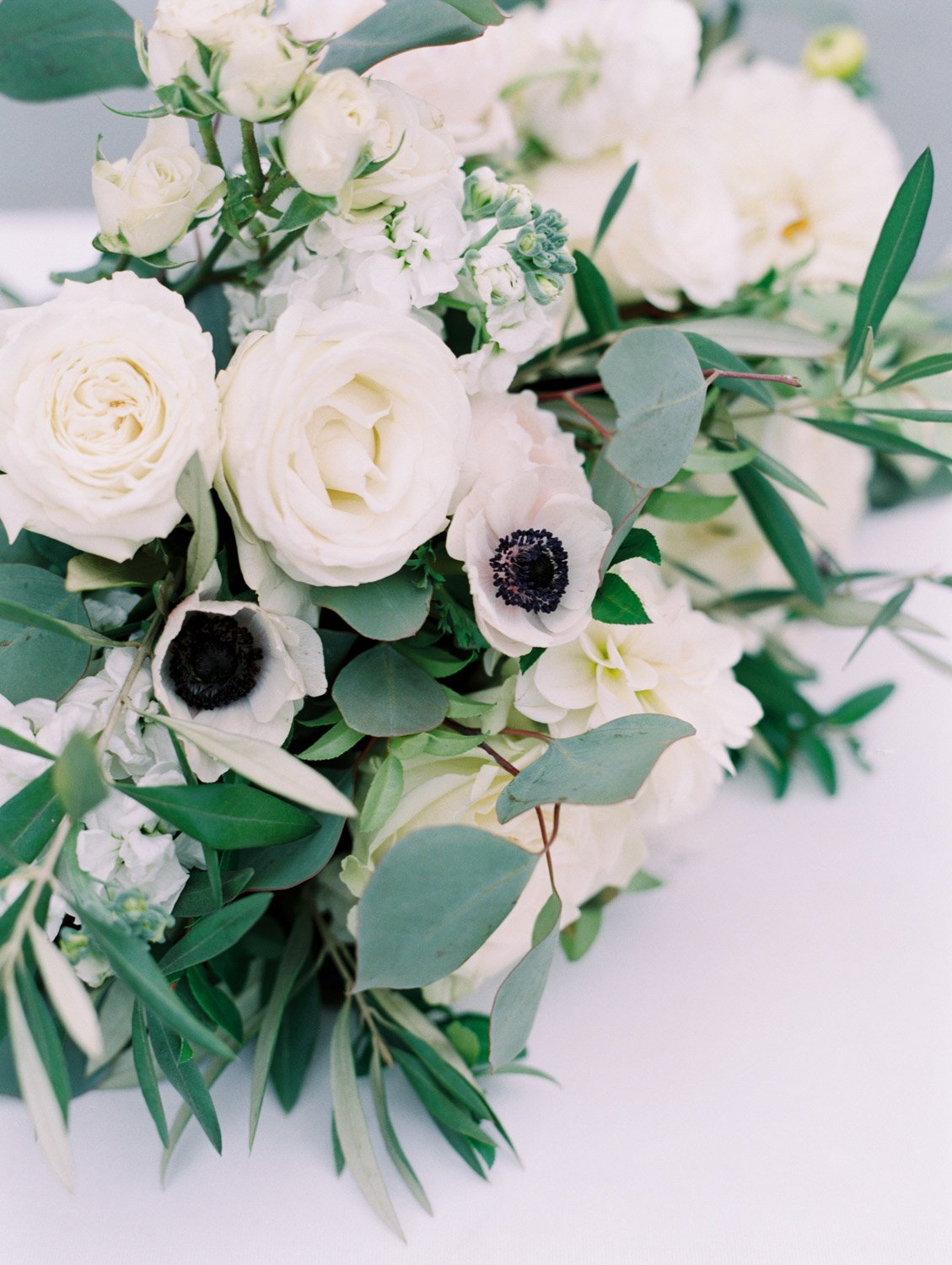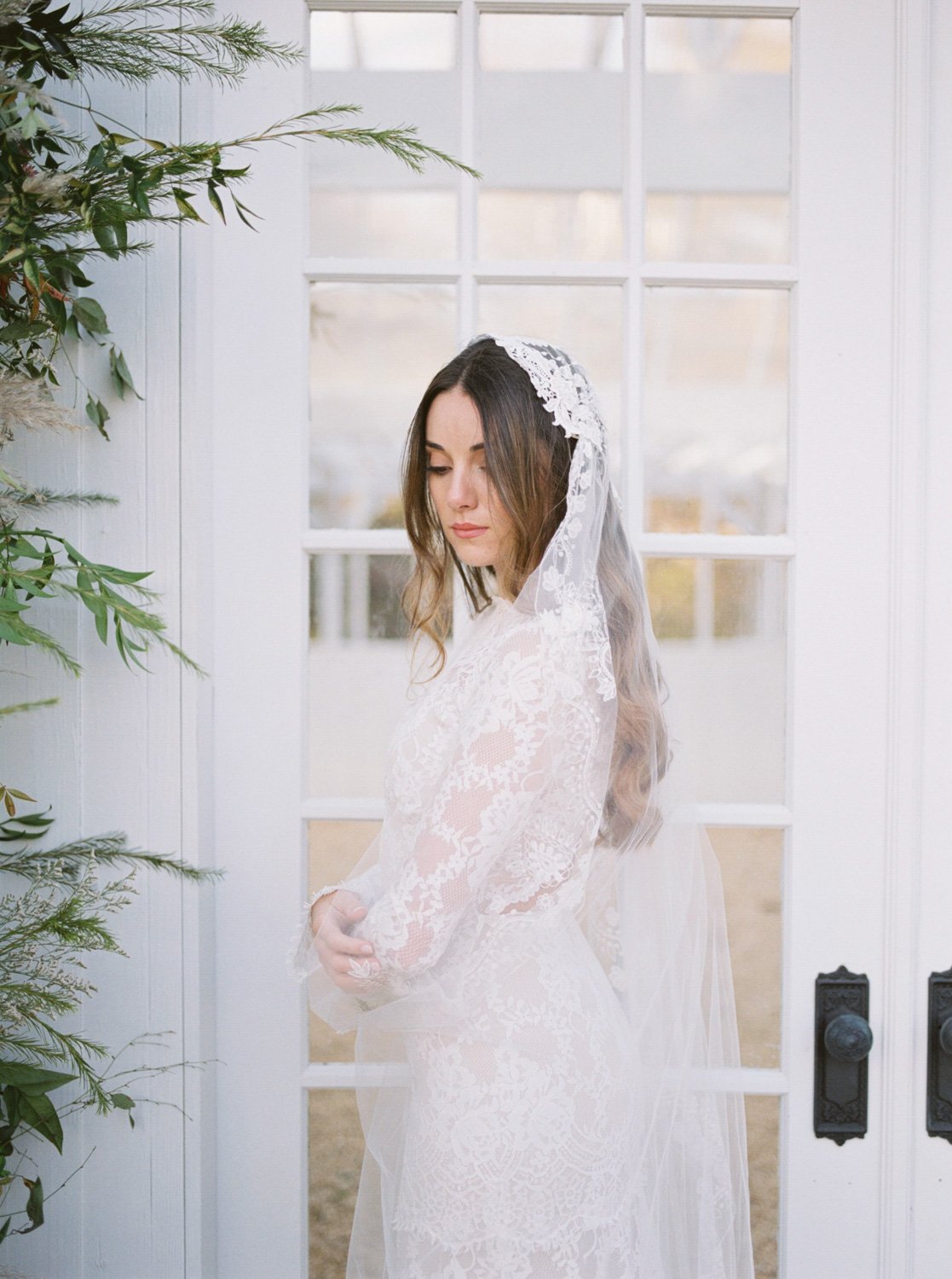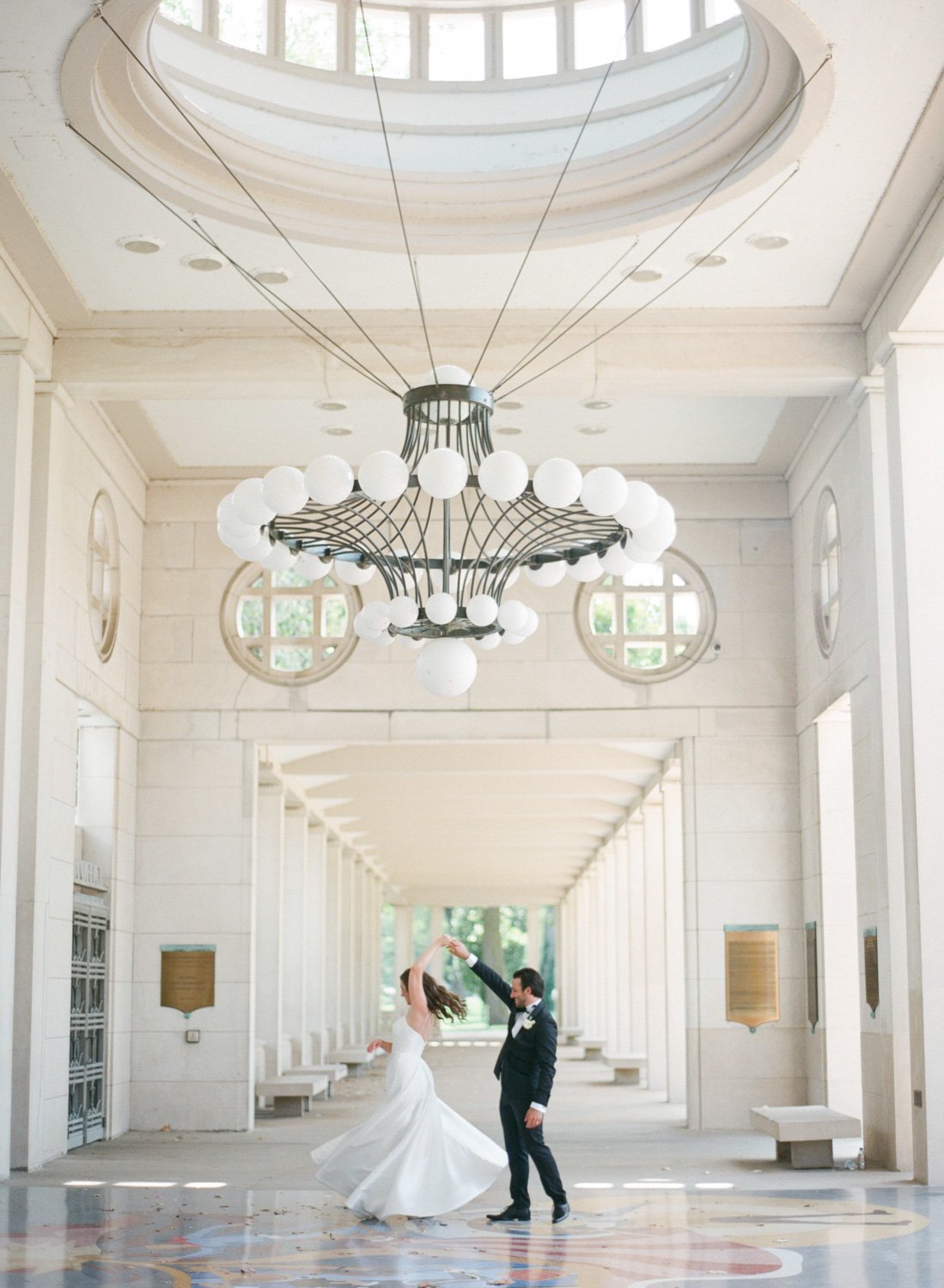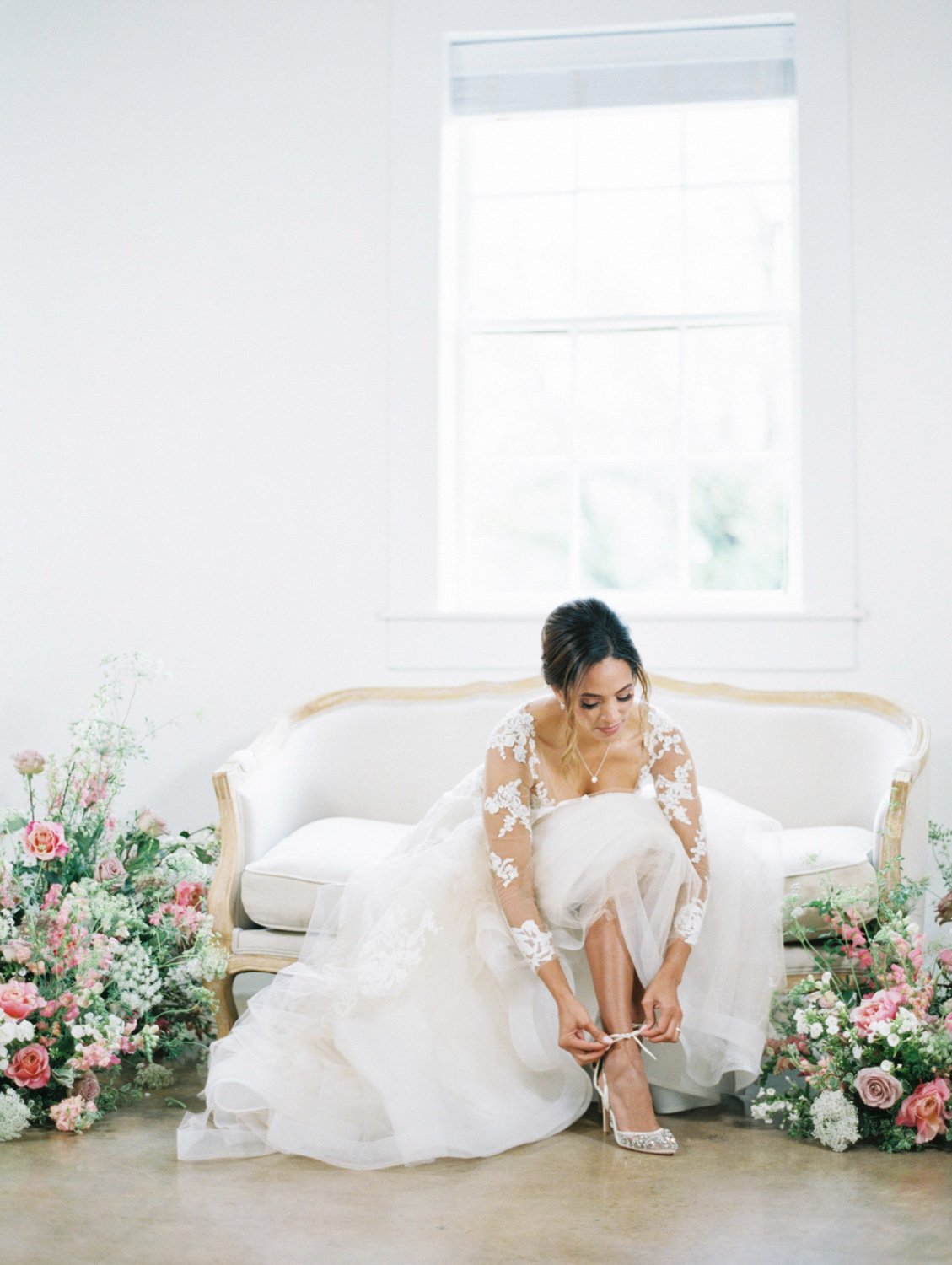If someone asked you about your photography philosophy, would you be able to answer? Sure, you could say you love taking pretty pictures or are obsessed with weddings, but those answers won't make you stand out in the industry.
Knowing why you do something is equally as important as the thing you do. Discovering your motivations will bring more meaning to your work, and establishing your philosophy behind your passion for photography will help clarify your artistic voice.
A photographer who is intentional and values the power of imagery commands notice. Breathing your philosophy into every area of business goes far beyond typical branding. When everything aligns with your philosophy, your brand takes on a new form of life that will deeply resonate with others.
If you've been struggling with identifying the "why" behind your business, it's time to clear your mind of distractions and keep reading! Below, we have four thought-provoking questions to help you establish your photography philosophy.
1. What about photographs is significant to you? Do you love how photos are tangible memories? Do you treasure photos because of the legacy they leave and how they live on long after the people in them have passed? Expound from there. Perhaps you remember the moment you realized how important photos are.
2. What makes you cherish a particular photograph? Do you have a favorite photo that always brings a smile to your face? Is it of a loved one who has passed, and you treasure it because a single picture captured their whole personality? Express those feelings with words.
3. What do you hope your photos accomplish? Do you want your photographs to become family heirlooms? Is it your goal to capture images that embody the emotions of a wedding day? Convey why you believe it's important to capture moments to last forever.
4. What feelings or emotions do you want to be associated with your work? Do you want people to feel your subject's joy and energy so strongly they feel like they were there? Do you want them to feel the immense love and tenderness captured in an embrace? Share how a photo can transport you back in time and enables you to relive all of those emotions.
Whenever you feel burnt out or discouraged, reflect on your philosophy to bring everything back into perspective. It's the reason you chose photography and continue to choose it. Your philosophy is a beautiful reminder of your purpose every time you pick up your camera.


